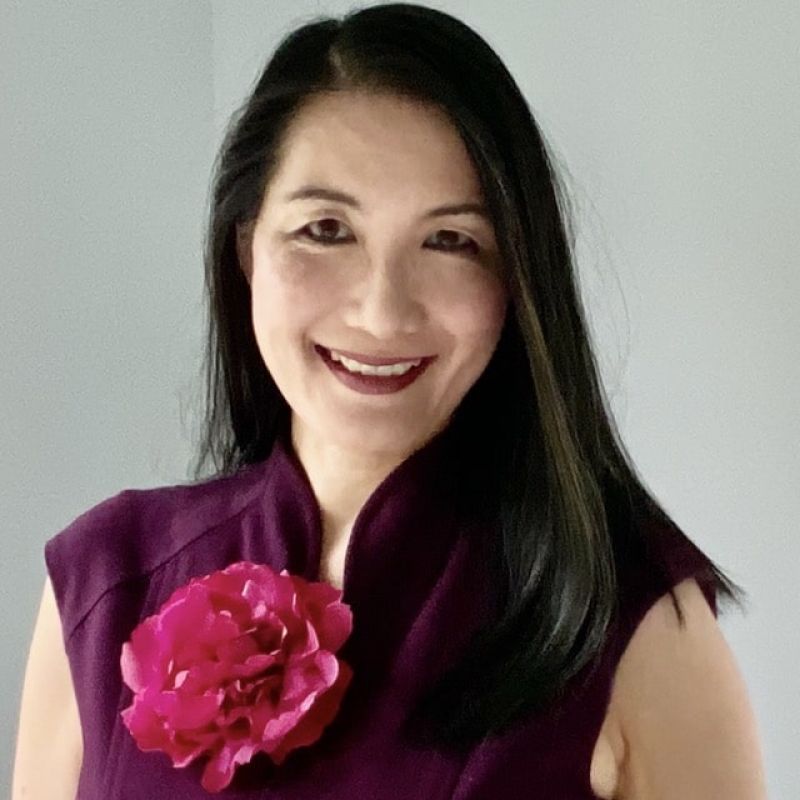Blog | Page 3 of 13
From Our Blog

In Romeo and Juliet, William Shakespeare writes this line from Juliet to Romeo:
What’s in a name? That which we call a rose By any other name would smell as sweet.
Likewise, authors sometimes wish readers would judge our books purely based on prose, character, and plot. But let’s face it, readers are often swayed by an eye-catching book cover or a clever title.
The reality is that there are mil…

In my previous blog post, we kicked off our deep dive into how to use ads without losing your mind. NINC member Pam Kelley shared her tips and tricks for running successful Amazon ads.
This month, we’re going to tackle Facebook ads and BookBub ads. Are you ready?
Sarah Woodbury should be no stranger to any NINC member! Not only is Sarah one of our membership committee chairs, she’s also headed …

Because just about everyone in NINC is smarter than me about advertising, I reached out to three people who I know are experiencing success on different ad platforms. And since they were all so generous, this grew into a two-part article; come back in December for more ad advice.
Pam Kelley, USA Today and Wall Street Journal bestselling author of women’s fiction, family sagas, and suspense, sai…

It’s October, where the onset of fall, Halloween, and the alleged thinning of the veil between the living and dead initiates interests in ghosts, sorcery, and witches. But in the last few years, there’s been a proliferation of witches in literature, including romance, cozy mystery, science fiction, and urban fantasy, among others—and not just at Halloween. It’s a current trend that’s created a …

Pondering the Pursuit of an MFA? Consider the Pros, the Cons, and the Worth of Your Why
When Black & Published podcast host and author Nikesha Elise Williams queried 12 agents in November of 2022 with her latest manuscript, The Seven Daughters of Dupree, she told herself that if she didn’t receive representation, she would pursue earning an MFA (Master of Fine Arts) degree.
She had plenty of options to choose from; there are 256 low- and full-residency MFA programs across the …

“Teenagers. Everything is so apocalyptic.” —Kami Garcia
Author Kami Garcia hit the nail on the dramatic head with that line from her novel Beautiful Creatures. We can all relate to it because each of us was a teenager once. Our teen selves still live inside us. The proof? How much we tend to like the music from our teenage years (still love Bon Jovi) and how often we share memes that fit our sp…
